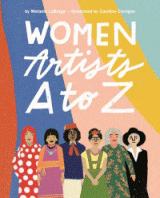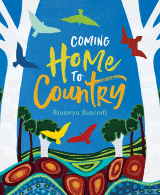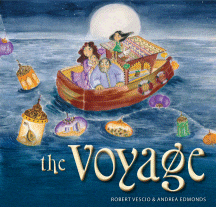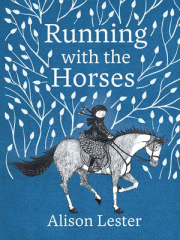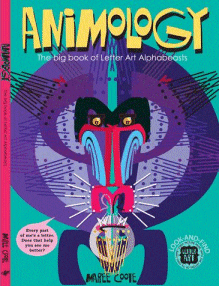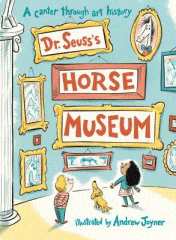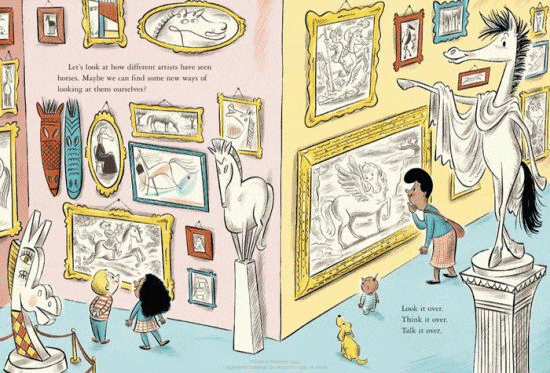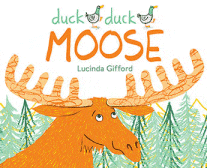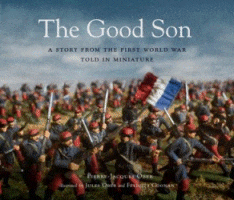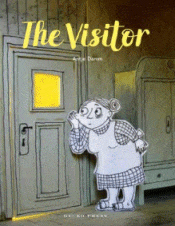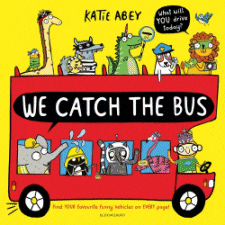
We Catch the Bus
We Catch the Bus
Katie Abey
Bloomsbury, 2020
32pp., pbk., RRP $A14.99
9781526607195
A companion to We Eat Bananas and We Wear Pants this is another interactive picture book for young readers encouraging them to find their favourite characters driving or riding on all sorts of transport. Monkeys flying planes, llamas riding scooters – whether it’s buses, planes, trucks, trains, diggers, cars, bikes, boats, emergency vehicles, tractors or rockets; little ones can hunt for their favourites and hone their visual perception skills as they search the highly detailed illustrations for all sorts of things, including Monkey who is the star of the earlier books.
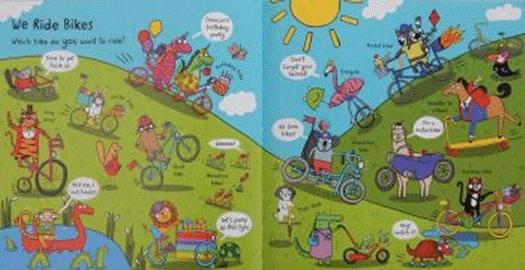
A peek inside…
As with the others, each double-spread contains speech bubbles, many of them questions that readers can respond to such as counting the red vehicles or searching for the chameleon.
This is a series of books that keeps on giving as there is so much on offer there is something new to look for and discover with each reading. Even without adult guidance, little ones can pore over the pictures and maybe imagine themselves as part of their favourite. They learn to search for the details that offer clues to the meaning of the text in a very humorous setting, an important early reading behaviour.
A great one for preschool or parent recommendations.
